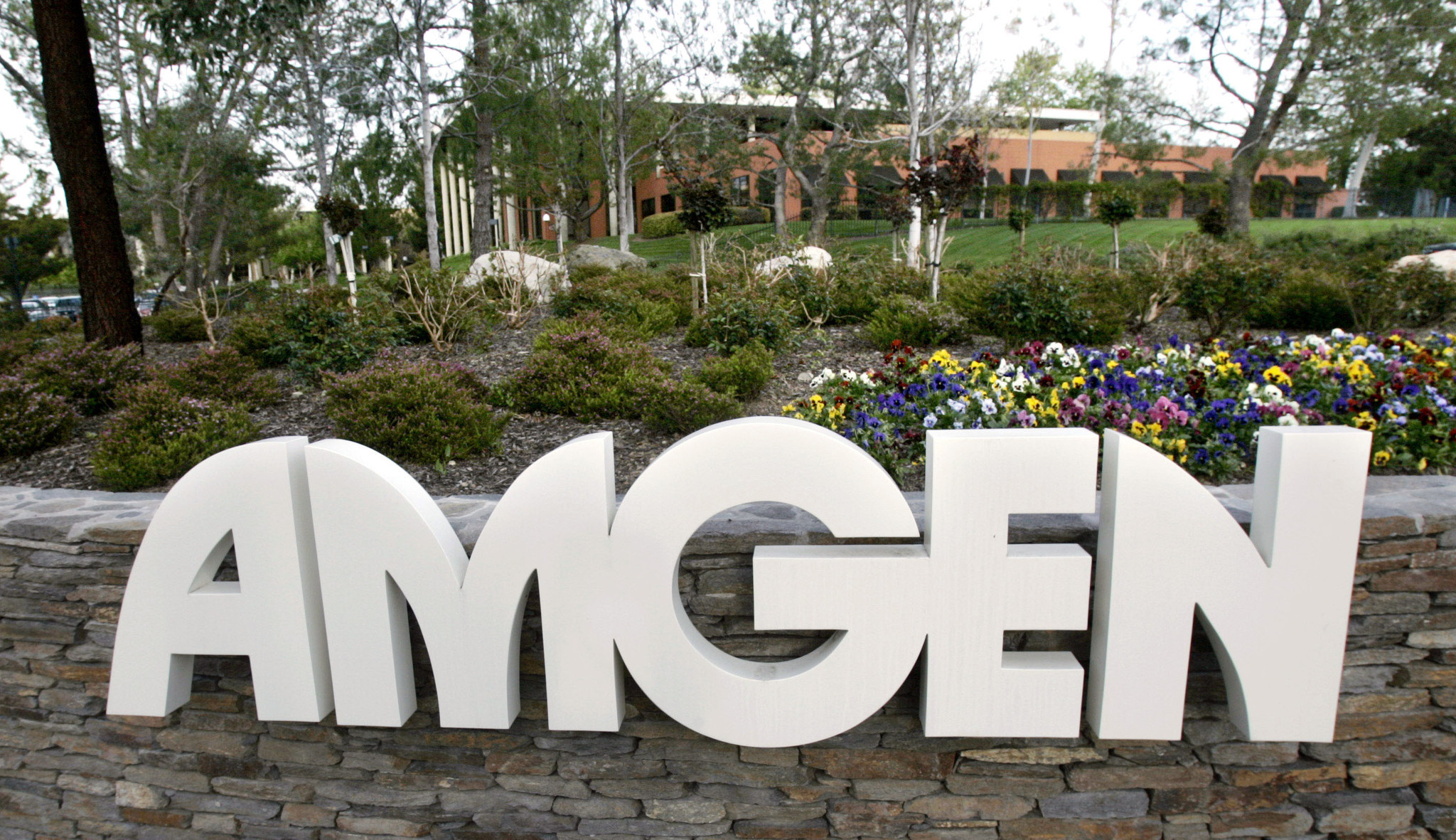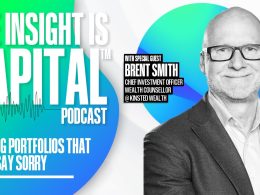by Hubert Marleau, Market Economist. Palos Management
Odds of a December rate cut sank to 32.7%, on Thursday, which compares to 50.1% only a few days ago and 93.7% on October 17, according to CME FedWatch Tool.
Yet, there is quantifiable evidence and subjective reasons for maintaining the view that the Fed could still cut interest rates on December 10, or at the very least decide on a very dovish pause, which could set things better for risky assets and provide some relief.
Statistically, the real money supply is growing at an annual rate of roughly 1.0%. Too slow to sustain economic growth and feed liquidity, the neutral rate is lower than the policy rate by about 50 bps; the DXY has stabilised around 100.0; interest differentials with the rest of the world favour the US around 125 bps; and inflation expectations seem well anchored around 2.5%.
Perspicaciously, the Fed has pivoted to a clearer easing bias. First, it has decided to end its quantitative tightening in December - a move which should ultimately re-expand its $6.6 trillion balance sheet and, by ricochet, alleviate a series of fiscal risks that are building in France, the U.K. and Japan, plus prevent the crypto and private credit markets from getting out of hand. Second, inflation is about to get a helping hand from roll-back of prior food tariffs that could expand over and above food, which would tend to reduce prices and political incentive to renew tariff escalation, and thereby increase real income and profit margins. Third, labour economists at the BLS opined this week that job growth had ticked up moderately in September while the unemployment rate rose to 4.4%, which is consistent with a sluggish labour market, blaming that on low supply and demand for workers. Private sector indicators suggest that the hiring lull will continue, but with expectations by the University of Michigan’s November survey that the unemployment rate will increase over the next 12 months.
On Friday, John William, President of the NY Fed, the second most powerful economist at the Federal Reserve and a permanent voting member of the FOMC, said that there is room for further cuts in the near term, moving the odds of a December rate reduction to 70%.
Artificial Intelligence Is Going Everywhere and Doing Everything
According to NVIDIA's Jason Huang, the “new industrial revolution” is alive and well, having stated that the chip business is robust as AI compute demand keeps accelerating and compounding across training and inference - each growing exponentially. He added: “Inference is in the process of generating answers from already developed AI models as industries are finding more ways to use the technology, forming an ecosystem into a virtuous cycle of AI".
Bloomberg, meanwhile, acknowledged that there is more and more evidence of cases of increased worker productivity, of agentic and digital models offering tailored services, improved inventory management, personalised marketing, and matched logistics, popping up in earnings reports.
What Took Place in the Week Ended November 21?
On Sunday, stock futures inched higher as investors awaited with anxiety Q3 earnings results from NVIDIA, which will be vital for restoring confidence in the AI boom; from Walmart and Target to get a sense of the health of consumers; from minutes of the October FOMC meeting to assess consensus breakdown at the Fed; and from government economic data to see if growth was still performing.
Weekend editorials that shocked Asian traders deepened on Monday as it seemed that the mini bubble may have burst as sharp declines in quantum computing, AI, nuclear, and crypto continued. As a result, the S&P 500 fell 0.9% to 6672, breaching its 50-day moving average, which suggests that the benchmark could fall some more.
On Tuesday, the S&P 500 dropped a further 0.8% to 6617 - close to the 6550-6600 stop sign, where institutional dippers who are flush with cash could be drawn in - for a fourth straight session as high-flying tech stocks remained pressured by investors gripped with a risk-off mood, reflecting valuation worries, anxiety around consumer spending, slowing employment and elevated prices. The CNN’s Fear & Greed Index, which airs to assess where investors are on a scale ranging from maximally fearful to maximally greedy, dropped to 13, the lowest since April, reflecting extreme fear with 65% of the stocks in the S&P 500 more than 10% off their 52-week highs.
On Wednesday, the S&P 500 ticked higher by 0.4% to 6642, after a bruising run of losses, with traders placing small bets ahead of AI poster-child NVIDIA’s earnings, expected to report after the closing bell. All day, the media wouldn’t stop talking about the company because the street knew that it would offer a snapshot of demand for chips that are the linchpin in the tech mania that has lifted markets up until recently. (As to earnings, it was up by more than 5% after hours on record revenue and earnings beat and a blockbuster outlook.)
On Thursday, in a capitulation-style selloff, the market was blindsided by an abrupt, inexplicable rout, prompting many questions, but no explanation. Perhaps the surge in volatility was caused by the monthly options expiration (OPEX) with SPY ETF volume topped 150 million shares, the heaviest since October 10, underscoring intense positioning and hedging activity. As a rule, such price action dictates the narrative that the Fed will be reluctant to decrease interest rates in December, based on old and perhaps faulty employment data that appeared robust, squandering early optimism that NVIDIA was going to carry the market higher. The S&P 500 fell 1.6% to 6539, below 6750 where I’d thought the stop sign was.
On Friday, the S&P 500 rallied, bouncing 1.0% to 6618 because John William injected hope in the market that the Fed could decrease interest rates at the December Fed meeting without problems.
The Near-Term Stock Market Outlook
Last week I wrote: “There you have the pullback that everyone saw coming in a sudden rush like similar drawdowns, triggered because of an apparent hawkish pivot in the thinking of the Fed’s monetary officials. As a result, the December Fed meeting is a toss-up as to whether it will pause or not. In such circumstances, however, it's the technical factors that tend to have greater significance, suggesting that the bull could run out of breath and run down to 6550-6600 but remain alive for a while longer.
Stepping up as the first ones to roll out forecasts for 2026, Goldman Sachs (GS) and Yardeni Research (YR) are themselves predicting new highs. GS’s strategists see the S&P 500 hitting 7600 by the end of 2026 while YR is targeting 7700 by the end of 2026 as its base-case scenario with a 50% subjective probability but sees a 30% chance of a melt-up and a 20% chance of a melt-down.”
Yardeni Research kept their 7000 target for 2025 but revised its subjective probability moving the base case up to 55%, reducing the melt-up case to 15% and increasing the melt-down chance to 30%.
Physical bottlenecks in power, land, and grid access may cap how quickly this demand translates into revenue growth through 2026, and private savings needed to fund these mega data centres may suck the economy dry. Both remain open questions. As a matter of fact, high-yield credit spreads have widened in the past month, reflecting the worries that Michael Burry and Peter Thiel seem to have that the AI boom is an AI bubble.
That said, they may well regret their bold move to escape the pooling of resources that AI’s biggest developers, cloud providers and chip makers are cooperating on to intertwine their models, GPUs, and compute capability, to protect their privileged position against outsiders, especially China. In this connection, it kind of makes sense for big tech to unite to win this AI race together rather than apart.
Meanwhile, as data processing productivity increases, so does the amount of data that needs to be processed. The supply of data will continually expand to infinity and beyond, to quote Buzz Lightyear; “We view AI as a high-powered APP that is exponentially increasing the demand for computing power for ever more data, being a secular growth story.”
Meanwhile, Michael Wilson, the chief strategist at Morgan Stanley is holding firm on his belief that the current AI boom is very different from the dot-com boom, arguing with facts and comparable metrics that comparisons to 2000-02 are exaggerated because hyperscalers' margins and profits are strong, as user cases are increasingly proving in earnings.
Conditions for a year-end stock rally are present also. Flat aggregate hours worked in recent months, even as real GDP has been running above 4% (saar), are highly suggestive that productivity is booming. But it might be a grinding affair. because investors are still nervous about the unpopularity of President Trump, the bitcoin freefall, Fed’s undecidedness, the carousel of deals with OpenAI and Softbank, and the Thiel and Burry sell-off of NVIDIA even though NVIDIA, as the world's most important company, had produced ostensibly a reassuring report. In this context, if the 5% pullback was to turn into a 10% correction, the 7000 year-end target would likely slip into early 2026. I’m clinging to 7000 by the end of 2025.
Copyright © Palos Management











